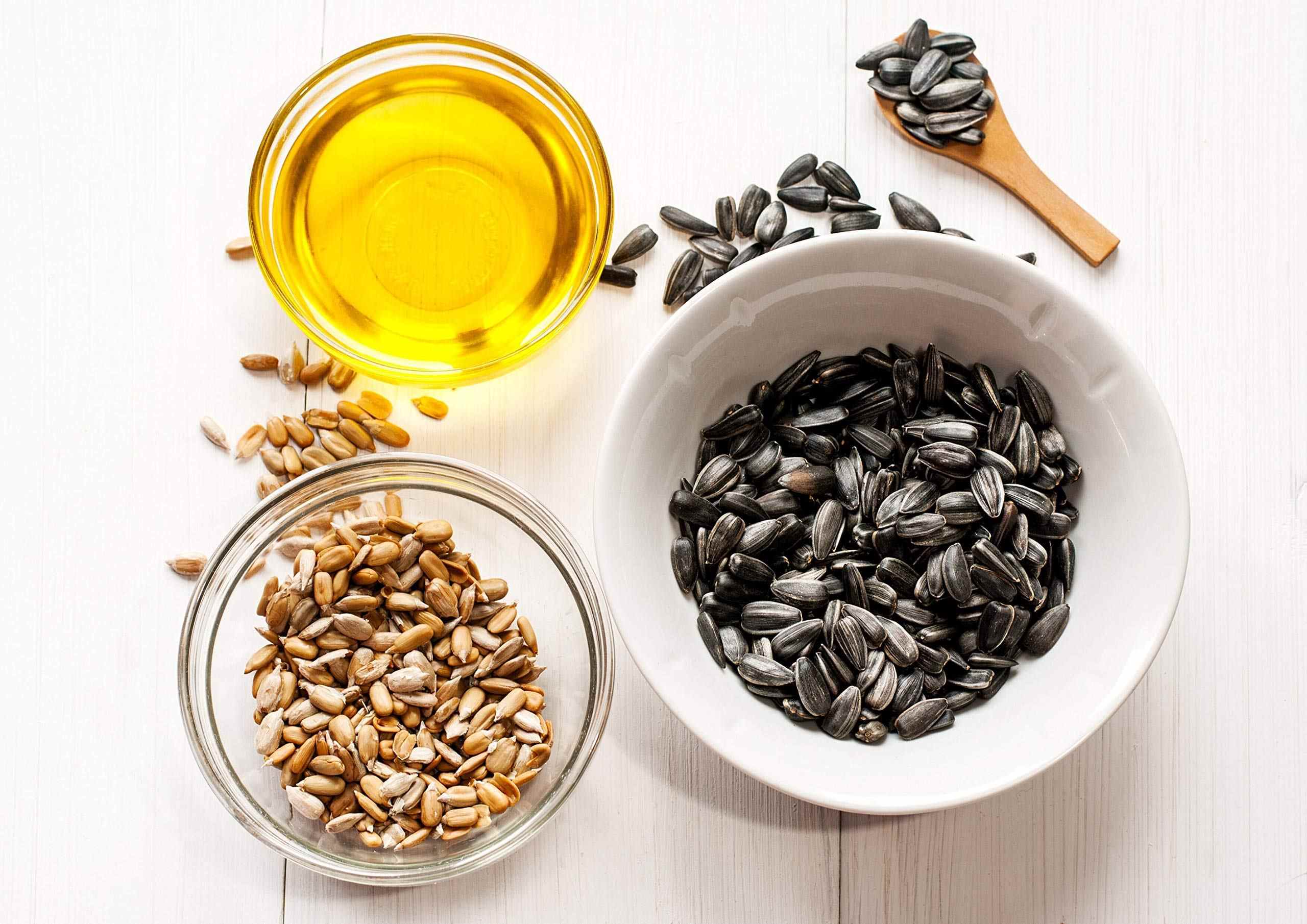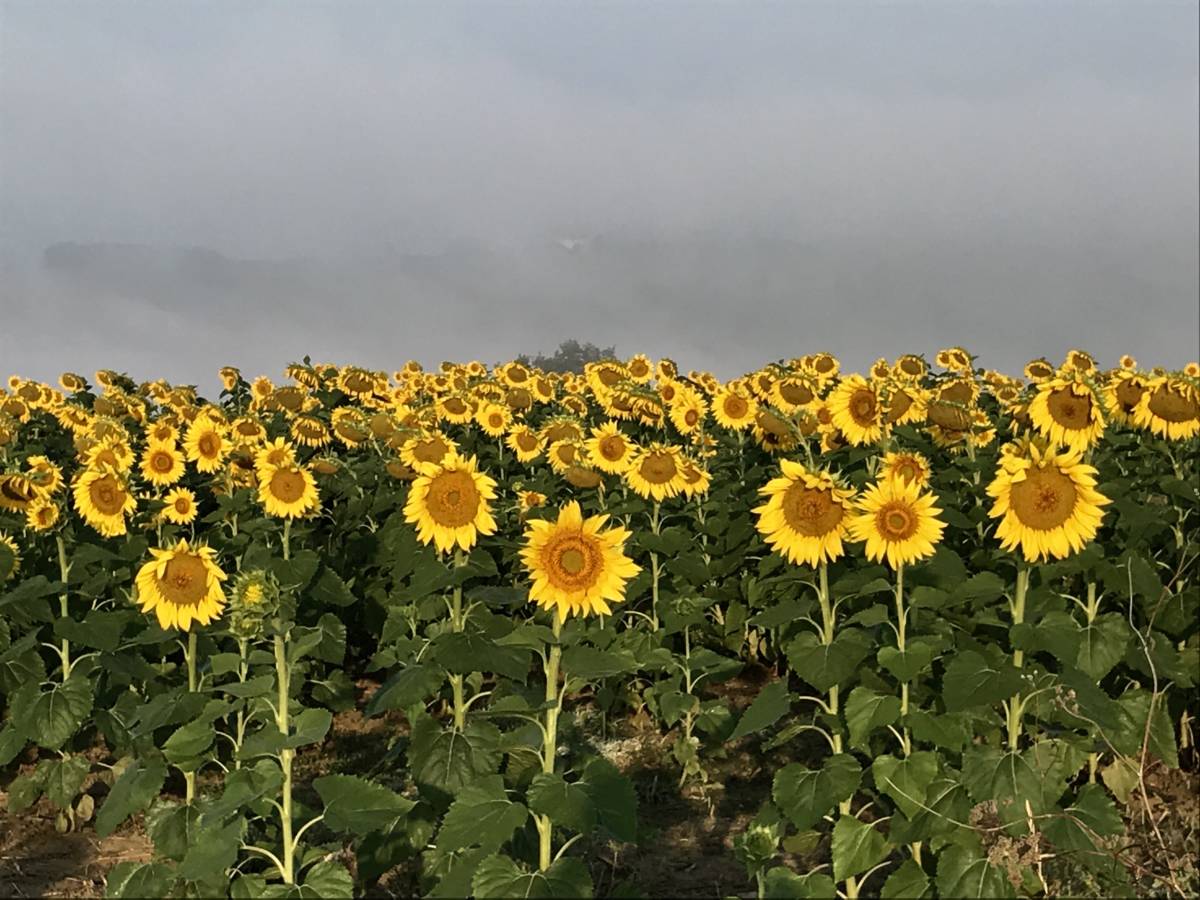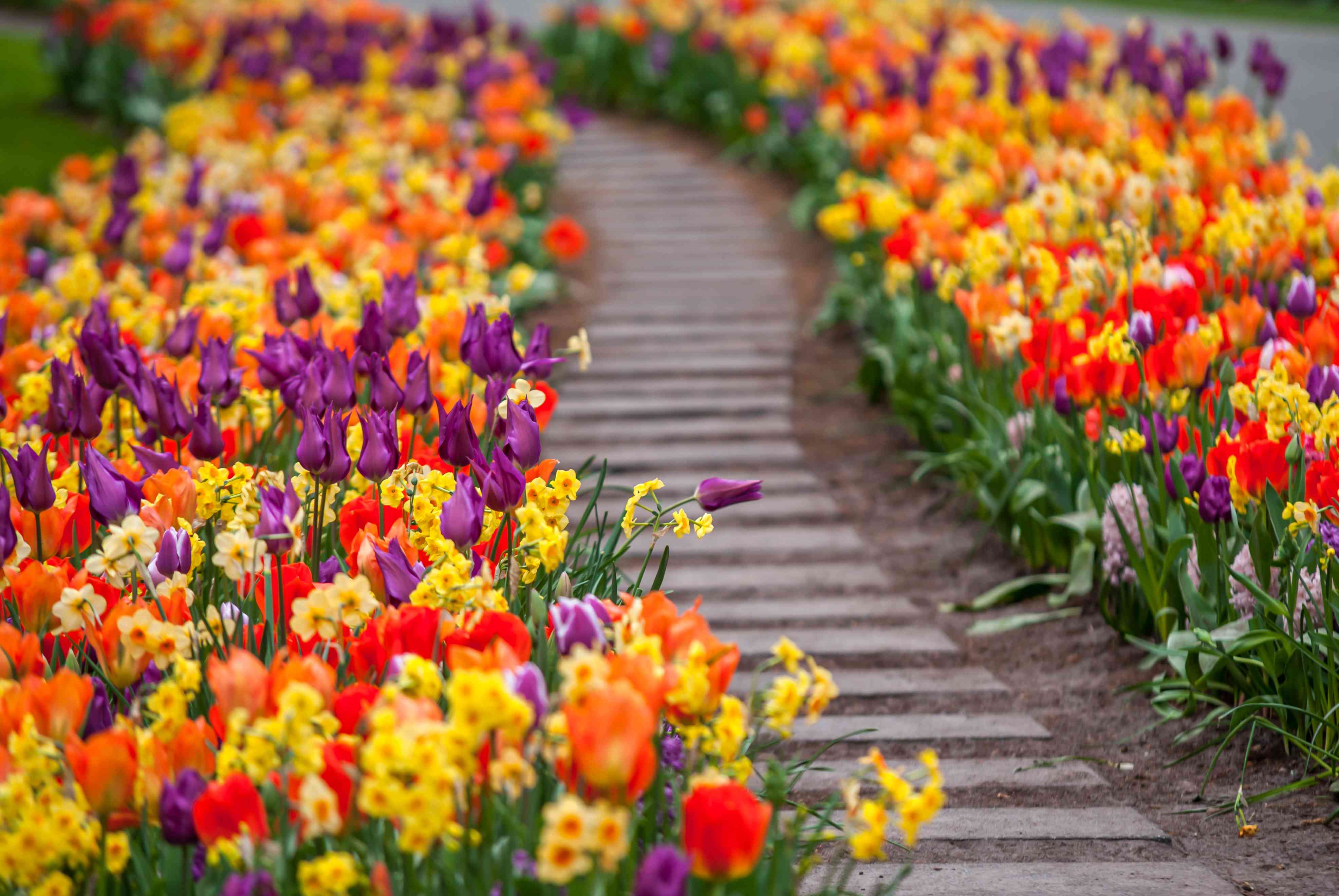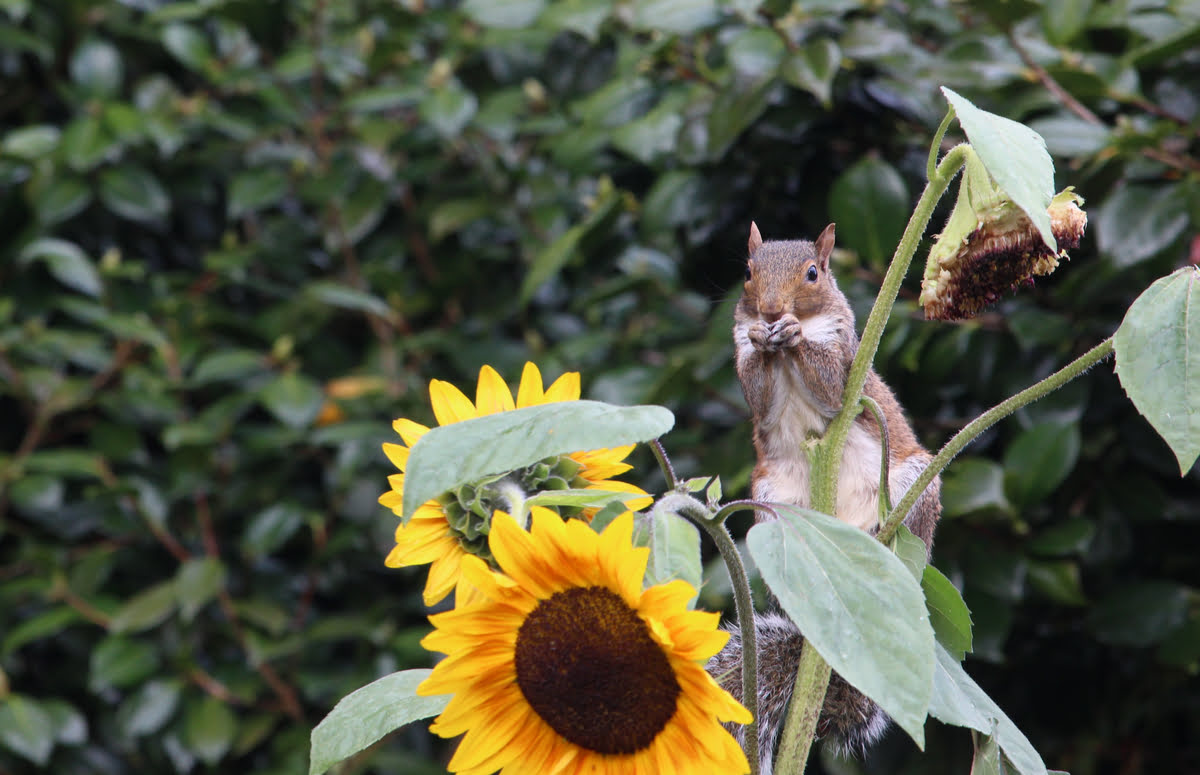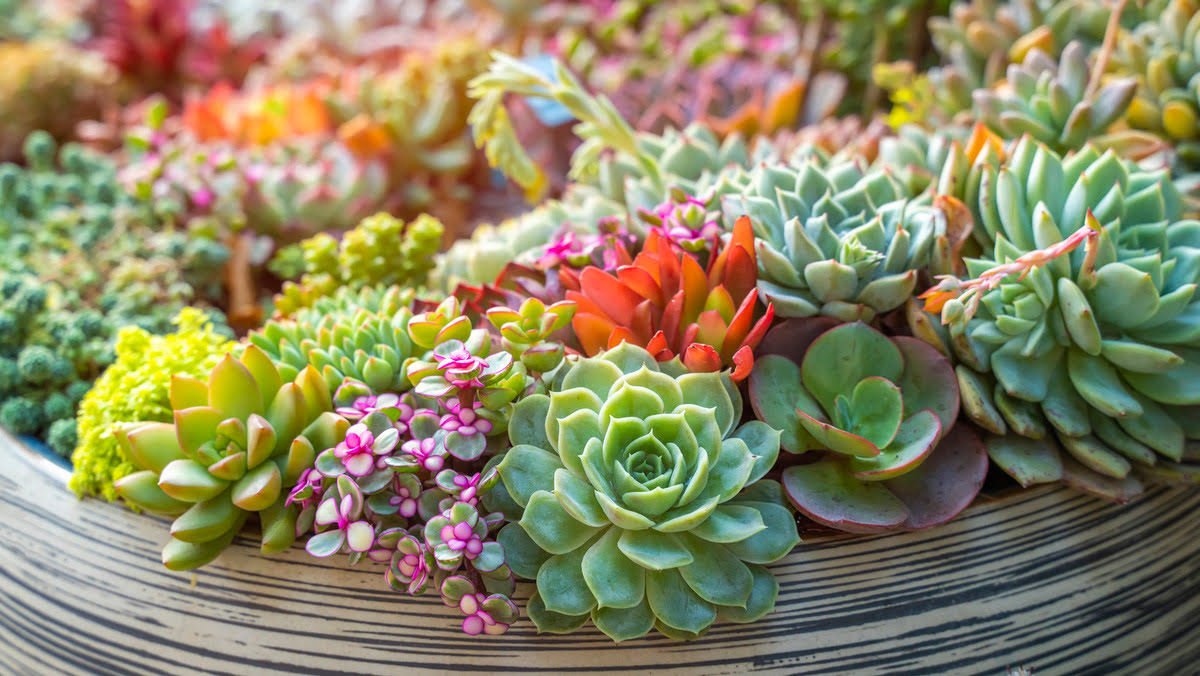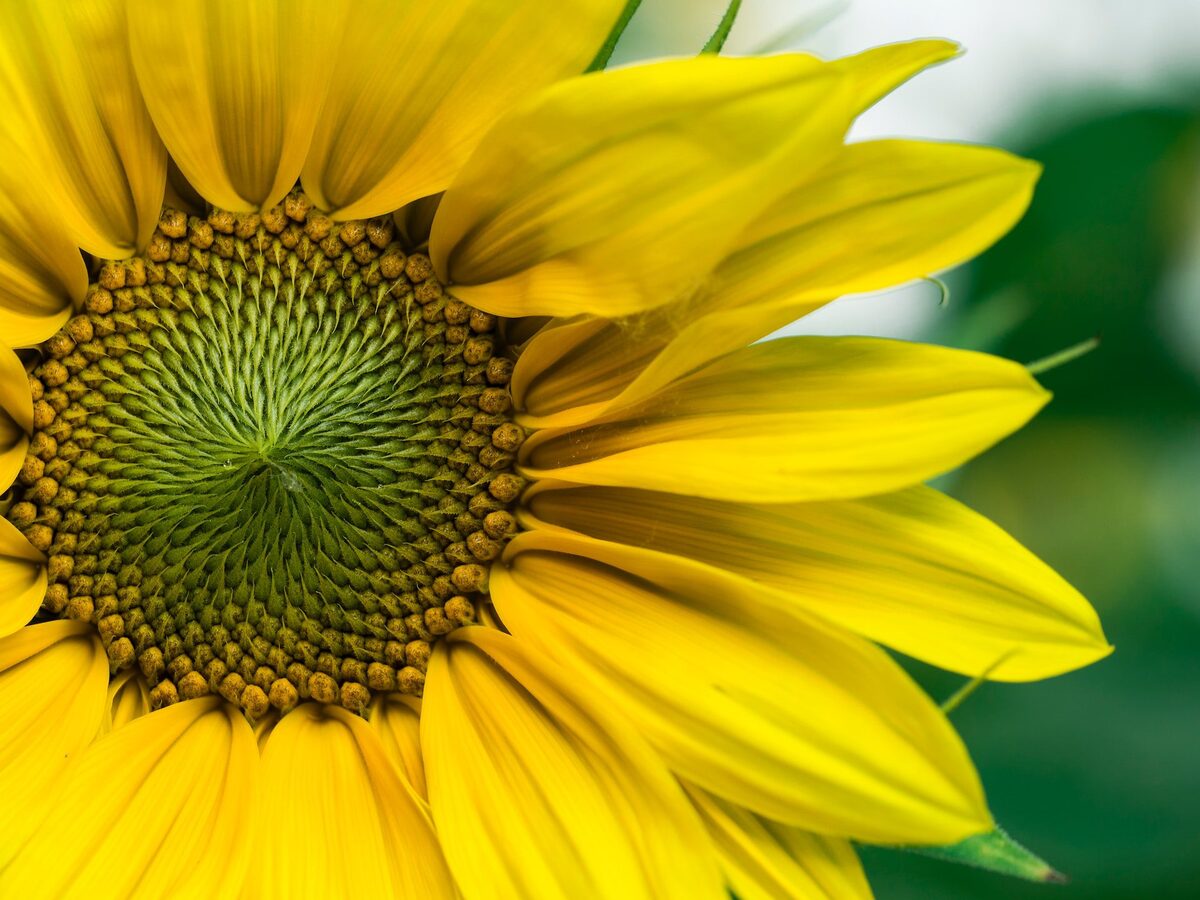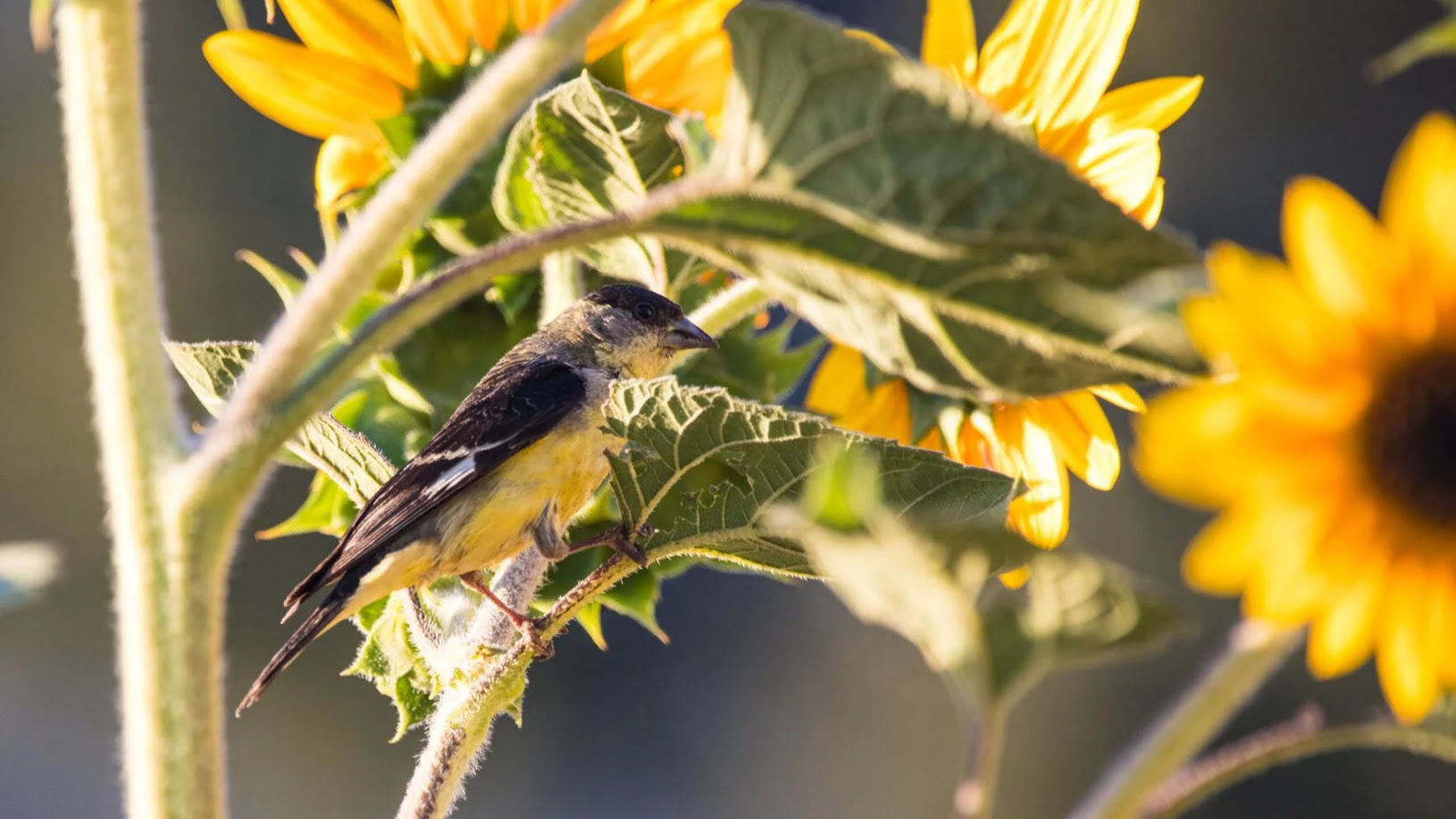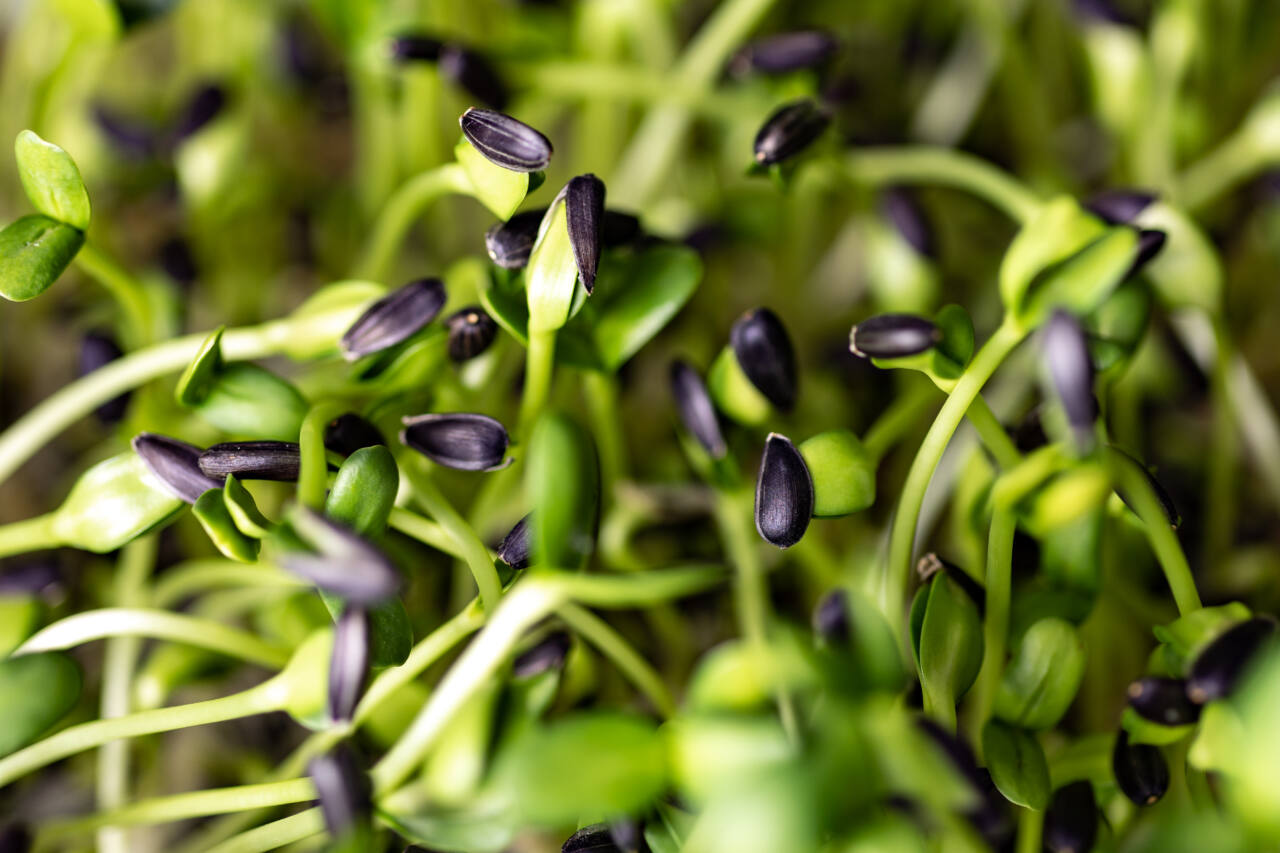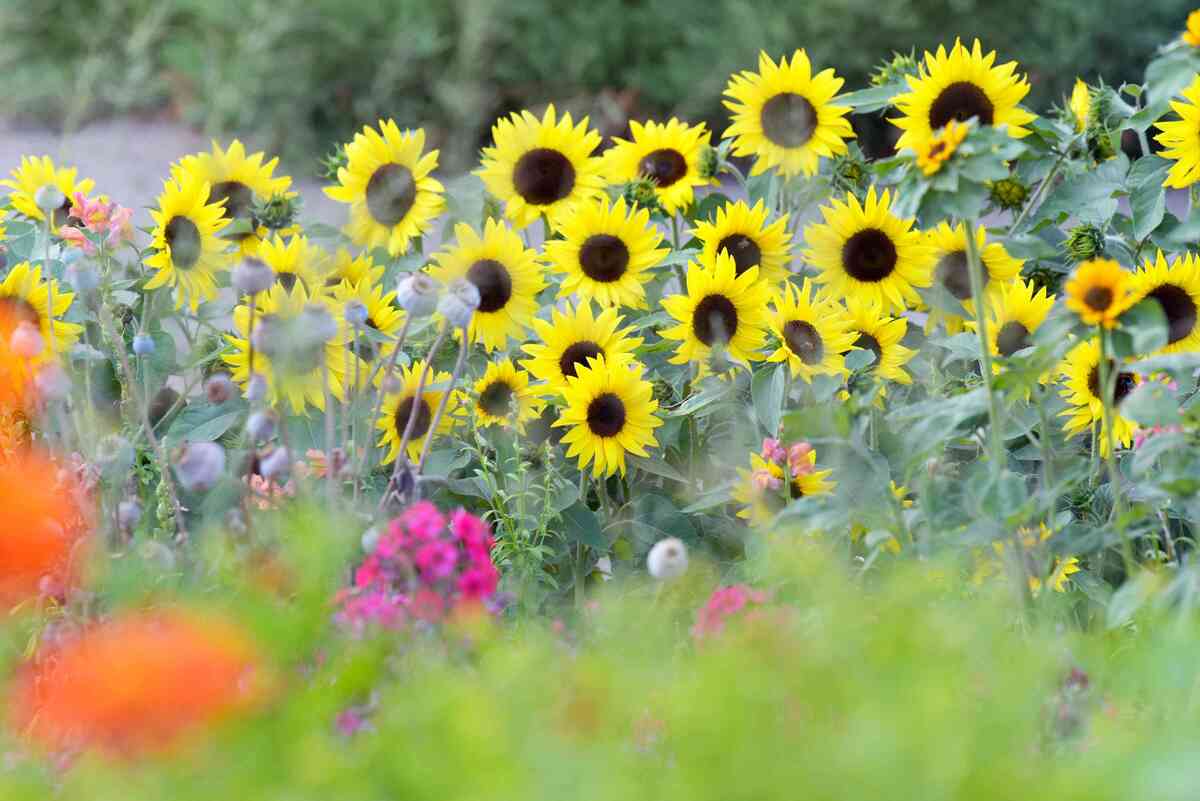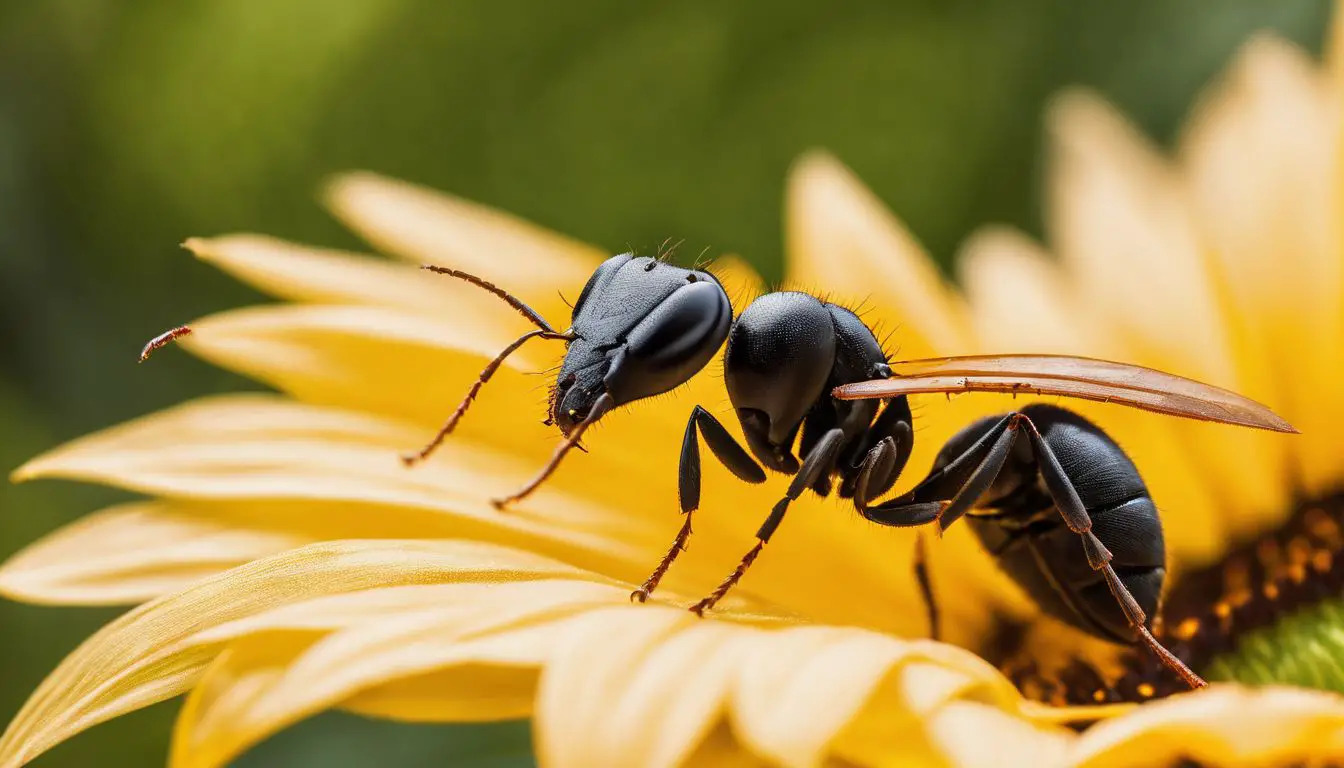Home>Gardening News and Trends>Latest News>What Colors Are Sunflowers
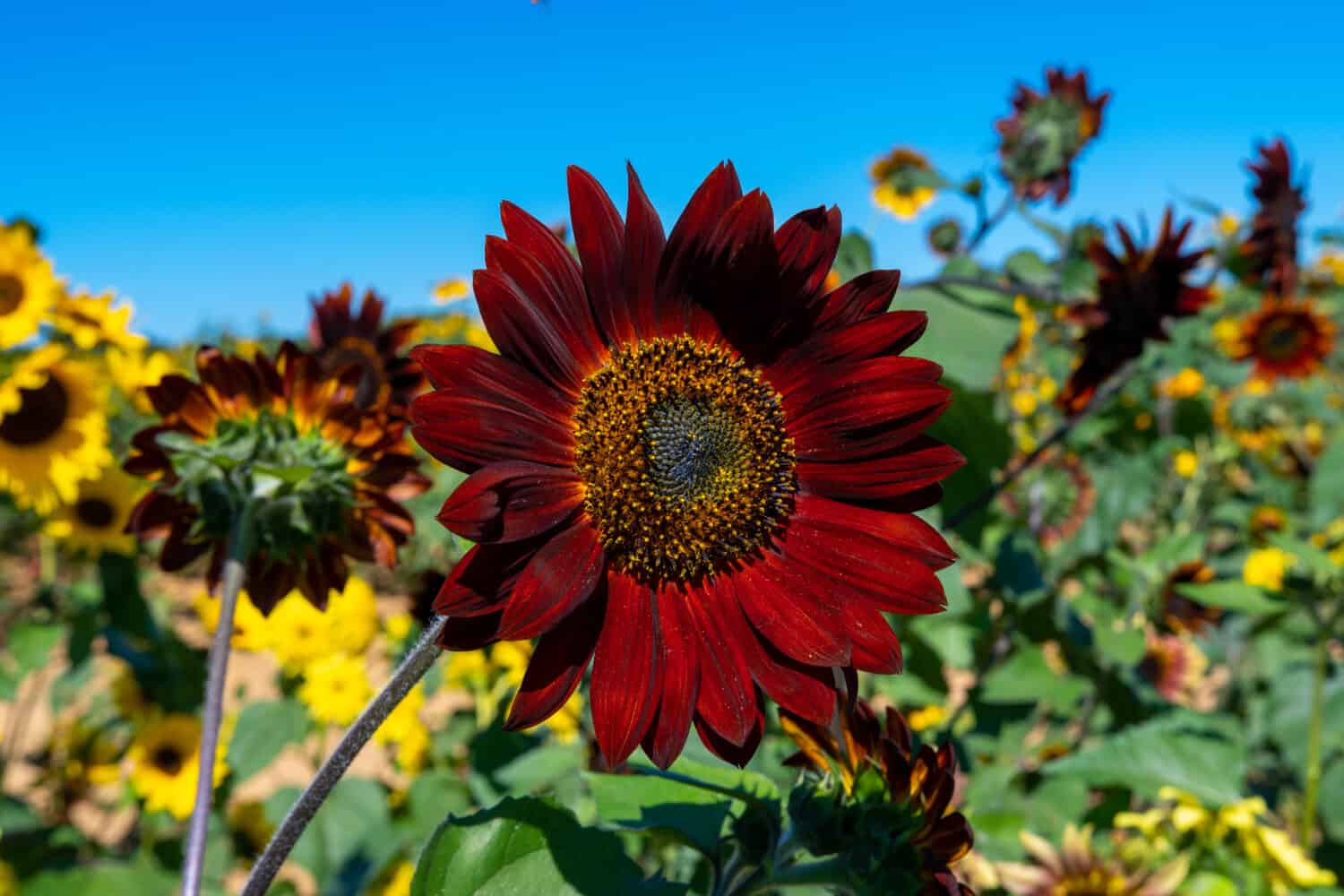

Latest News
What Colors Are Sunflowers
Modified: January 22, 2024
Discover the latest news on the vibrant colors of sunflowers and learn about the different varieties and their meanings. Follow us for updates and insights!
(Many of the links in this article redirect to a specific reviewed product. Your purchase of these products through affiliate links helps to generate commission for Chicagolandgardening.com, at no extra cost. Learn more)
Table of Contents
Introduction
Sunflowers are one of nature’s most vibrant and captivating creations. With their large, bright blooms and towering stalks, they have captured the imagination of people for centuries. These iconic flowers come in a variety of colors, each adding its own unique charm to the landscape. From cheerful yellows to deep burgundies, sunflowers possess an array of hues that make them a popular choice in gardens, bouquets, and works of art.
In this article, we will explore the fascinating world of sunflower colors. We will delve into the different varieties of sunflowers, examine the anatomy of these beautiful blooms, and uncover the factors that influence their coloration. Additionally, we will take a closer look at the pigments responsible for their radiant hues and discuss some of the most common and unique color variations found in sunflowers. Furthermore, we will explore the symbolism and meaning associated with sunflower colors, as well as their significance in art and culture.
Whether you are a sunflower aficionado, a gardener looking to grow these splendid flowers, or simply intrigued by their beauty, this article will provide you with a comprehensive understanding of the colors that grace the petals of sunflowers.
Sunflower Varieties
Sunflowers come in a wide range of varieties, each with its own unique characteristics. These varieties differ in terms of size, height, petal arrangement, and, of course, color. Here are some popular sunflower varieties:
- Giant Sunflowers: Known for their impressive height, giant sunflowers can reach up to 15 feet or more. They have a single large bloom that can measure over a foot in diameter.
- Florist Sunflowers: These sunflowers are bred specifically for cut flower arrangements. They have sturdy stems, long vase life, and come in various colors, making them a favorite choice for floral arrangements.
- Pollen-Free Sunflowers: A great option for those with allergies, pollen-free sunflowers have been selectively bred to produce little to no pollen. They are available in a range of colors and sizes.
- Dwarf Sunflowers: Perfect for small gardens or container planting, dwarf sunflowers typically reach a height of 1 to 2 feet. They have smaller blooms but still come in a variety of colors.
These are just a few examples of the many sunflower varieties available. Each variety offers its own distinct features, making it possible to find the perfect sunflower to suit any preference or garden space.
The Anatomy of Sunflowers
To appreciate the beauty of sunflowers and understand their coloration, it is helpful to explore their anatomy. Sunflowers are part of the family Helianthus, and their structure consists of various parts that contribute to their overall appearance.
Flower Head: The most recognizable part of a sunflower is its flower head, which is actually made up of thousands of individual flowers called florets. The outer ring of florets, known as ray florets, is what gives the sunflower its distinct petal-like appearance. The inner portion of the flower head consists of disk florets.
Colorful Petals: The ray florets are the colorful petals that radiate outwards from the center of the flower head. It is in these petals that we find the beautiful hues that define sunflower colors.
Disc Florets: The disk florets, located at the center of the flower head, are smaller and often yellow or brown in color. They are responsible for producing the sunflower’s seeds.
Stem: The stem of a sunflower is thick, sturdy, and covered in small hairs. The height of the stem can vary depending on the sunflower variety, with some reaching towering heights of up to 15 feet.
Leaves: The leaves of a sunflower are large, rough in texture, and typically shaped like triangles or hearts. They are arranged alternately along the stem and play a vital role in photosynthesis.
Understanding the anatomy of a sunflower allows us to appreciate the complexity of its structure and how each part contributes to its vibrant colors and overall beauty.
The Color Spectrum of Sunflowers
The color spectrum of sunflowers is incredibly diverse, ranging from vibrant yellows to deep reds and even shades of orange and brown. This wide range of colors adds to the allure and beauty of these remarkable flowers.
At the heart of sunflower colors is a pigment called anthocyanin, which gives rise to red, purple, and burgundy hues. Another important pigment is carotenoid, responsible for the yellow and orange colors found in sunflowers. The combination of these pigments, along with the presence or absence of other compounds, results in the vast array of shades and tones observed in sunflowers.
The intensity and saturation of color can also vary within each individual sunflower bloom. The outer petals often display more intense hues, while the inner petals may be lighter or less saturated. This gradient of color adds depth and dimension to the flower, making each sunflower a unique and captivating marvel.
It is worth noting that sunflower colors can change or fade over time. Exposure to sunlight, temperature fluctuations, and the aging process can all impact the vibrancy and longevity of sunflower colors. However, even as the colors change, sunflowers continue to exude a beauty that is unmistakable.
Whether you prefer the classic vibrant yellow sunflowers, the fiery red and orange varieties, or the sophisticated burgundy and brown cultivars, there is a sunflower color that will capture your heart and add a touch of natural splendor to any setting.
Factors Influencing Sunflower Color
The color of a sunflower is influenced by various factors, including genetics, environmental conditions, and age. Let’s explore these factors in more detail:
- Genetics: The genetic makeup of a sunflower plays a significant role in determining its color. Different sunflower varieties are genetically predisposed to produce specific pigments, which result in various color variations.
- Environmental Conditions: The environment in which sunflowers grow can also impact their color. Factors such as sunlight exposure, temperature, soil composition, and nutrient availability can all influence the pigmentation process. For example, sunflowers that receive more intense sunlight tend to have deeper and more vibrant colors.
- Age: As sunflowers mature and age, their colors may change. Young sunflowers often have lighter hues, while more mature blooms may develop richer and darker colors. Over time, exposure to sunlight and other environmental factors can also cause sunflowers to fade or bleach.
- Hybrids and Selective Breeding: Human intervention through selective breeding has allowed for the development of hybrid sunflower varieties with specific color traits. Through careful cross-pollination and selection, breeders can create sunflowers in a wide range of colors that may not occur naturally in the wild.
It is essential to consider these factors when growing or purchasing sunflowers. By understanding the role of genetics, environment, and age, you can select the varieties and cultivation practices that will help you achieve the desired sunflower colors.
Understanding Sunflower Pigments
The vibrant colors of sunflowers are attributed to specific pigments present in their petals. The two primary pigments responsible for sunflower colors are anthocyanins and carotenoids.
Anthocyanins: Anthocyanins are water-soluble pigments that produce colors ranging from red to purple. These pigments are responsible for the rich burgundy and deep red hues seen in some sunflower varieties. Anthocyanins are most concentrated in the ray florets, giving them their intense coloration.
Carotenoids: Carotenoids are lipid-soluble pigments that produce colors in the yellow to orange range. These pigments are responsible for the bright and sunny yellow shades seen in most sunflowers. Carotenoids are present in both the ray florets and the disk florets, contributing to the overall coloration of the flower head.
The combination and balance of these pigments determine the specific color of a sunflower. Some sunflower varieties have a higher concentration of anthocyanins, resulting in deeper and more intense red or purple hues. In contrast, those with a higher concentration of carotenoids exhibit brighter and more vibrant yellow or orange colors.
Additionally, the presence of other compounds, such as flavonoids and flavones, can also influence sunflower coloration. These compounds may contribute to color variations or provide subtle undertones that add depth and complexity to the overall color palette.
Understanding the role of pigments in sunflower coloration allows us to appreciate the natural chemistry that produces the diverse and stunning array of hues found in these magnificent flowers.
Common Sunflower Colors
Sunflowers are well-known for their bright and cheerful colors, with the most common being shades of yellow and gold. Let’s explore some of the most common sunflower colors:
- Yellow: This is the classic and most iconic color associated with sunflowers. Sunflowers with vibrant yellow petals exude warmth, happiness, and positivity.
- Gold: Gold sunflowers have a deeper, richer hue compared to their yellow counterparts. They evoke a sense of luxury and elegance, making them a popular choice for special occasions and decorative purposes.
- Orange: Sunflowers with orange petals add a fiery and energetic touch to any setting. The vibrant orange tones symbolize enthusiasm, creativity, and optimism.
While these three colors are the most common, it is essential to note that there is a wide range of shades and variations within each color category. Different sunflower varieties showcase subtle differences in saturation, tone, and intensity of color, making each bloom truly unique.
Regardless of the specific shade, common sunflower colors bring a burst of joy and radiance to gardens, floral arrangements, and various artistic creations.
Rare and Unique Sunflower Colors
While yellow, gold, and orange are the most common colors associated with sunflowers, there are several rare and unique color variations that add an element of intrigue and fascination. These uncommon sunflower colors capture attention and make for stunning and memorable displays. Here are some of the rare and unique sunflower colors:
- Burgundy: Sunflowers with deep burgundy petals offer a striking contrast to the traditional yellow and gold hues. The rich and velvety appearance of these blooms adds a touch of elegance and sophistication to any arrangement or garden.
- Purple: Purple sunflowers are a true rarity and have an enchanting presence. Their unexpected color captivates the eye and exudes a sense of mystery and allure. These unique blooms are often prized for their unusual and whimsical appeal.
- Bicolor: Bicolor sunflowers feature vibrant two-tone petals that combine two different colors. These eye-catching blooms can have combinations such as yellow and red, or yellow and orange, creating a visually stunning display that stands out amongst other sunflower varieties.
- White: While white sunflowers may not be as common as their colorful counterparts, they possess a delicate and ethereal beauty. Their pure white petals create a sense of elegance and purity, making them a popular choice for weddings and formal events.
These rare and unique sunflower colors demonstrate the incredible diversity that exists within this beloved flower species. The presence of these extraordinary colors in sunflowers serves as a testament to the beauty and creativity found in nature.
Symbolism and Meaning of Sunflower Colors
Just like any other flower, sunflowers hold symbolic meaning, and the colors they exhibit can enhance their significance. Here is a deeper look into the symbolism and meaning associated with sunflower colors:
- Yellow: Yellow sunflowers symbolize joy, happiness, and a positive outlook on life. The vibrant and cheerful hue represents the warmth of the sun and is often associated with friendship and loyalty.
- Gold: Gold sunflowers are often associated with abundance, wealth, and success. These rich and luxurious blooms evoke feelings of prosperity and material gain, making them an excellent choice for celebrations and accomplishments.
- Orange: Orange sunflowers symbolize enthusiasm, energy, and a zest for life. They represent optimism and creativity, igniting a sense of passion and excitement. The color orange is also associated with boldness and adventure.
- Burgundy: Burgundy sunflowers, with their deep red hues, symbolize deep, lasting love, and commitment. They are often associated with romance and devotion, making them a popular choice for expressing heartfelt emotions and affection.
- Purple: Purple sunflowers are unique and mysterious, and their color is often associated with spirituality and wisdom. They can symbolize creativity, transformation, and the pursuit of higher knowledge or enlightenment.
- White: White sunflowers represent purity, innocence, and new beginnings. They are often associated with weddings and symbolize the start of a new chapter in life. White sunflowers also convey a sense of simplicity and elegance.
The symbolism and meaning attributed to sunflower colors can vary across different cultures and contexts. However, these general associations provide a deeper understanding of the emotions and sentiments that each color can evoke.
Whether you choose sunflowers for their vibrant yellow tones, their rich burgundy hues, or any other color variation, you can use their symbolism to convey your intentions, express your emotions, or simply enjoy their natural beauty.
Sunflower Color in Art and Culture
Sunflowers have long been celebrated in art and culture, and their colors play a significant role in their portrayal. Here are some ways in which sunflower colors have influenced art and culture:
Van Gogh’s “Sunflowers”: Vincent van Gogh’s series of sunflower paintings is iconic in the art world and showcases the vibrant yellow hues of these flowers. His use of bold, expressive brushstrokes and intense colors captures the essence and vitality of sunflowers, creating masterpieces that are admired to this day.
Cultural Symbolism: In many cultures, sunflowers hold symbolic significance and are associated with qualities such as happiness, warmth, and loyalty. The colors of sunflowers, especially yellow and gold, are often used in festivals, decorations, and ceremonies to evoke positive emotions and convey the spirit of joy and abundance.
Floral Arrangements: Sunflowers’ colors make them a popular choice in floral arrangements, adding a vibrant and cheerful touch to any space. The contrasting hues of sunflowers, such as the combination of yellow and burgundy, are often used to create visually striking and captivating displays.
Inspiration for Artists: Sunflower colors have inspired artists across different mediums, including painting, photography, and fashion. The diverse palette offered by sunflowers provides artists with a range of colors to explore and incorporate into their creations.
Influence in Design: Sunflower colors can be found in various design elements, from home decor to fashion. Their vibrant yellows, oranges, and burgundies are often used to create lively and eye-catching patterns, adding warmth and energy to interiors and fashion collections.
The colors of sunflowers have permeated art and culture, becoming synonymous with joy, vibrancy, and natural beauty. They continue to inspire artists, designers, and individuals alike, serving as a timeless source of visual inspiration and emotional connection.
Conclusion
Sunflowers with their stunning colors have captivated both nature enthusiasts and artists alike. The color spectrum of sunflowers, ranging from vibrant yellows and oranges to deep reds and even rare hues like burgundy and purple, offers a dynamic and visually pleasing display. Understanding the factors influencing sunflower color variation, such as genetics, environment, and age, allows for a deeper appreciation of their diverse hues.
These colors hold symbolic meanings, with yellow representing joy and friendship, gold symbolizing abundance and wealth, and orange evoking enthusiasm and creativity. Burgundy expresses deep love, while purple symbolizes wisdom and spirituality. White sunflowers represent purity and new beginnings.
Throughout art and culture, sunflower colors have been celebrated. Vincent van Gogh immortalized their vibrant yellow hues in his famous “Sunflowers” series, while their colors are incorporated in festivals, floral arrangements, and various forms of artistic expression. Additionally, sunflower colors inspire design and add a touch of warmth and energy to different aspects of our lives.
Sunflowers, with their beautiful colors and towering stalks, continue to captivate and inspire us. Whether you prefer the classic yellows and golds, the unique burgundy and purple hues, or any other variation, sunflower colors bring joy, beauty, and symbolism to our gardens, artworks, and cultural celebrations.
